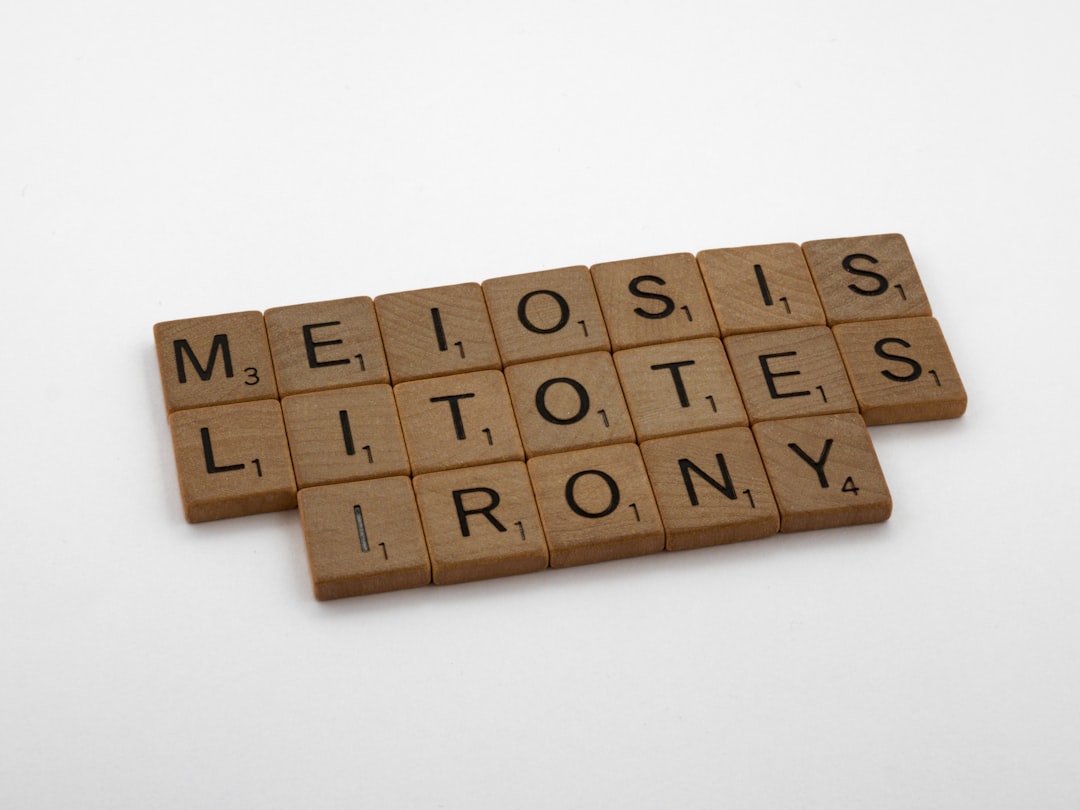What is it about?
The approaches to writing systems like Chinese characters or Egyptian hieroglyphs ('logograms') are fundamentally not the same as each other, and deal with their etymology not how they work for a native reader. This article deals with the problems and presents a way of analysing and comparing the writing systems meaningfully, not looked at before. It brings in ideas of logograms read within a larger logogram ('layering'), also not looked at before. Examples from many writing systems are given.
Featured Image
Why is it important?
Few significant works compare such writing systems, none with a truly objective/'scientific' approach. This paper redefines 'logogram' in absence of other neutral terms. New ideas: (a.) Concepts of 'component' vs 'element' of logograms are defined. (b.) Components that are simultaneously either both or neither phonetic and semantic. (c.) 'Layering' and 'superlogograms'. (d.) E.g.s from many languages. Important as Chinese/Japanese are modern languages with such writing systems (hanzi/kanji).
Read the Original
This page is a summary of: Logography and layering, Written Language & Literacy, March 2013, John Benjamins,
DOI: 10.1075/wll.16.1.01tra.
You can read the full text:
Contributors
The following have contributed to this page










